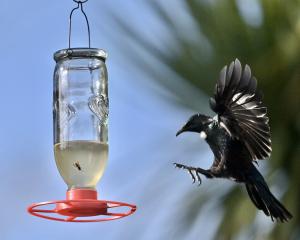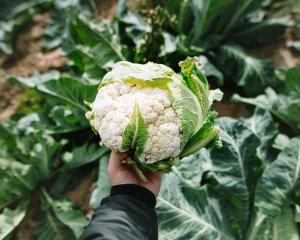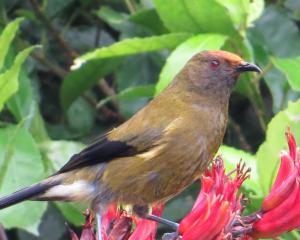
This unusual collection, with its distinctive style, is not often found in western gardens.
The culture of growing Higo camellias began in Japan about 1800, in the region which used to be known as Higo province, and is now the Kumamoto prefecture.
The oldest plants today exist in the gardens of Kumamoto city, on the southern island of Kyushu.
Higo camellias with their single delicate flowers are often used for the Japanese art of bonsai. The smaller flowers create a pleasing balance and their growth is luxuriant but not strong.
Almost all the classic Higo camellias have simple single flowers with no more than nine petals.
Glorious stamens
The true glory of these flowers are the stamens, with some cultivars displaying as many as 250. Being almost completely free from the base, they flare out to form a central sunburst.
The symmetry of the showy stamens is even more accentuated by the slightly irregular circle of petals.
The leaves are thick and glossy and the plants, thought to be cultivars of Camellia japonica, come in the full range of camellia colours.
Some are lightly scented.
'Hinomaru'
Higo devotees in Japan consider Camellia japonica 'Hinomaru' (bred in Kumamoto, Japan, in 1912) to be the very finest of the red Higos.
The petals are bright glowing red, setting off perfectly the pinkish tone of the 120 or so clustered stamens.
The bright yellow pollen makes a vivid contrast.
The single flowers of `Hinomaru' are large for a Higo (7-10cm across), with six slightly wavy petals.
This plant is erect and spreading, too vigorous to be really good for bonsai but excellent in the open garden.
Camellia of the Rising Sun
Hinomaru is the name of the Japanese national flag, known in the West as the Rising Sun or Round of the Sun. 'Hinomaru' represents the Higos among some more modern C. japonica cultivars in the lower botanic garden's camellia collection.
Marianne Groothuis is curator of the camellia collection at Dunedin Botanic Garden.












